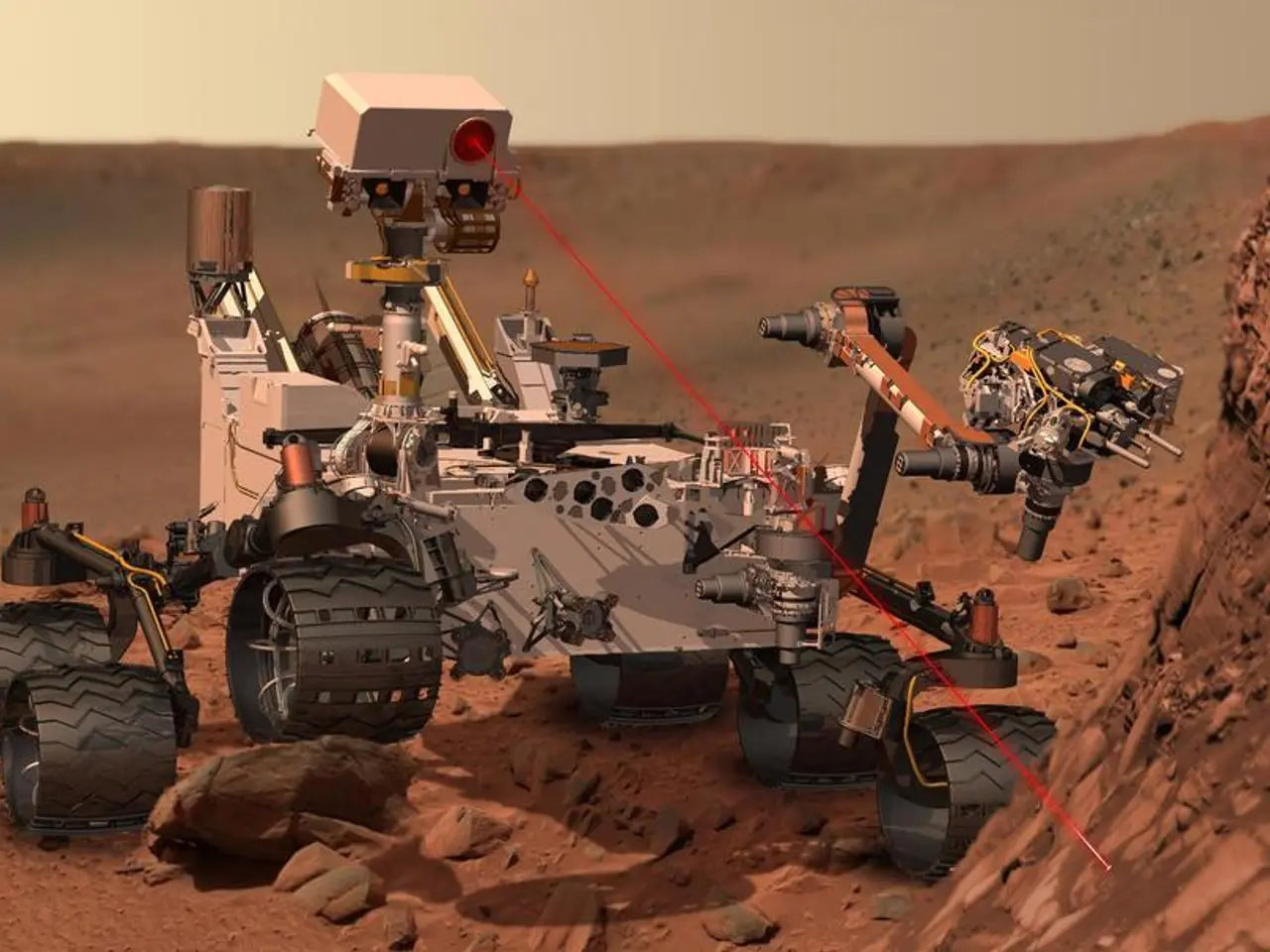Federal Aviation Administration Issues Guidance on Exempting Local Drone Laws from National Regulation
In the skies above the United States, the Federal Aviation Administration (FAA) holds exclusive regulatory authority over drone operations. This federal preemption means that local governments cannot enforce drone flight rules that conflict with FAA regulations, which have exclusive authority over navigable airspace and drone operational standards.
Commonly preempted local drone restrictions include bans on drone flight in public spaces such as parks or city streets, requiring permits to fly drones in certain areas or for specific operators, and enforcement under broad local nuisance or privacy ordinances that effectively restrict drone flight.
Exceptions to this preemption occur where local laws do not conflict directly with FAA authority, such as laws addressing non-flight issues like property rights or general privacy laws. Additionally, Florida state law reserves drone flight regulation exclusively at the state level, limiting local control.
The FAA continues to develop and update drone regulations, such as those governing beyond visual line of sight (BVLOS) operations and no-fly zones, which supersede conflicting local rules to maintain uniformity in U.S. airspace management.
The FAA also recognises the role of law enforcement and public safety agencies in deterring, detecting, and investigating unauthorised or unsafe drone operations for the purpose of public safety. To aid in this effort, the FAA has established the Law Enforcement Assistance Program (LEAP) to provide a resource for aviation-related education to law enforcement agencies.
In scenarios where limited UAS detection and mitigation activities are necessary to counter a credible UAS-based threat to covered facilities and assets, the Department of Defense, Energy, Justice, and Homeland Security have limited authority to regulate UAS operations. However, policies concerning where a UAS operator can be located while conducting operations are not subject to federal preemption.
Laws concerning harassment, voyeurism, privacy, trespass on property, reckless endangerment, criminal mischief, interference with emergency or medical services, wildlife protection, and using UAS for hunting or fishing are typically enforced and not preempted. Tailored privacy-related or security-related regulations over facilities such as schools or public utility facilities may be permissible, particularly if bans were implemented for low-altitude UAS operations.
Despite this preemption, the FAA has been mandated by Congress to develop a comprehensive plan for the safe integration of drones into the national airspace, ensuring that drone operations can coexist harmoniously with manned aircraft at any altitude. The FAA also has the authority to initiate legal enforcement action for violations of FAA statutory or regulatory requirements, but is not authorized to delegate its formal enforcement functions to state or local governments.
- The Federal Aviation Administration (FAA) regulates drone technology in navigable airspace, with exclusive authority over drone operational standards, which often supersedes conflicting drone restrictions imposed by local governments.
- As technology advances, the FAA continues to update drone regulations, such as those concerning beyond visual line of sight (BVLOS) operations, ensuring the safe integration of drones into national airspace, coexisting with manned aircraft at any altitude.




